Abstract Collapsed trachea, a progressive and often life-threatening condition, is prevalent in small breed dogs like Pomeranians. Mojo, a 14-year-old neutered male Pomeranian, was diagnosed with stage 4 tracheal collapse and faced a poor prognosis, with veterinarians recommending euthanasia despite treatment with over ten medications. Initially treated for Alopecia X with Bloom Bioscience’s all-natural supplements, Mojo showed rapid fur regrowth, prompting his owner to contact Bloom. Upon learning of his tracheal collapse, Bloom developed a novel protocol combining vascular-based supplements, biomechanical feeding adjustments, and oxygen therapy. Within six months, Mojo’s tracheal function improved to a full recovery, confirmed by X-rays. This paper details this drug-free approach, exploring canine physiology, feeding posture, supplement ingredients, preventive strategies, and supportive interventions.
- Understanding Collapsed Trachea in Dogs
Tracheal collapse is a chronic, degenerative condition characterized by weakened tracheal cartilage, leading to a flattened windpipe, breathing difficulties, and chronic coughing. In severe cases, it can cause respiratory failure. The condition predominantly affects small breeds, including:
- Pomeranians
- Yorkshire Terriers
- Chihuahuas
- Toy Poodles
- Pugs
- Malteses
The condition is rarely seen in breeds like Dachshunds, despite their small size. This observation led the Bloom Bioscience team to explore anatomical and biomechanical differences between affected and unaffected breeds.
- Engineering Meets Animal Wellness: A Unique Insight
Mojo, a 14-year-old Pomeranian, initially received Bloom Bioscience’s supplements to address Alopecia X, a condition causing hair loss. Within weeks, his fur began regrowing rapidly, prompting his owner to contact Bloom, excited about the results but lamenting the lack of a solution for Mojo’s stage 4 tracheal collapse, for which veterinarians recommended euthanasia. Unaware of the tracheal condition initially, Bloom had assumed Alopecia X was Mojo’s primary issue. Upon learning of the collapse, Bloom’s team applied an engineering approach to identify the root cause, rejecting idiopathic explanations like “bad genetics” that often dismiss such conditions as unexplainable.
Bloom hypothesized that Mojo’s breed characteristics—short neck, short torso, and long legs—contributed to tracheal irritation. When eating or drinking from floor-level bowls, Mojo’s sharp downward neck angle, combined with rapid eating and a sensitive digestive system, likely caused gastric acid or bile reflux to contact the trachea, exacerbating cartilage degeneration. In contrast, Dachshunds’ long torsos and short legs promote a horizontal eating posture, reducing reflux risk. To address this, Bloom recommended raising Mojo’s food and water bowls approximately 7 inches to align his neck horizontally during feeding. This biomechanical adjustment minimized postural strain and acid reflux, reducing tracheal inflammation and preventing further damage, allowing the supplements to support tissue repair effectively.
- The Bloom Bioscience Protocol: A Vascular-Based, All-Natural Approach
Bloom Bioscience developed a two-product protocol that nourishes and restores the vascular system, supporting every organ, including the respiratory tract:
- Revitalize Hydration (Hydro-Life): Supports cellular hydration and nutrient delivery.
- Revitalize Health & Immunity (Revita-Life): Enhances immune resilience and tissue repair.
These supplements are:
- ✅ All-Natural
- ✅ Human-Grade
- ✅ Free of pharmaceuticals, fillers, and synthetic ingredients
Their key benefits include:
- Improving oxygen and nutrient delivery to tracheal tissues
- Supporting cellular hydration and capillary health
- Reducing inflammation systemically and locally
- Enhancing immune resilience
3.1 Mechanisms and Benefits of Key Ingredients
The efficacy of Bloom Bioscience’s protocol likely stems from its carefully selected ingredients, which target multiple physiological pathways to support tracheal repair, reduce inflammation, and enhance vascular and systemic wellness. Below is an analysis of key ingredients in Revitalize Health and Immunity (Revita-Life) and Revitalize Hydration (Hydro-Life).
- Glucosamine and Chondroitin (Revita-Life): These compounds are widely recognized for supporting cartilage health, particularly in osteoarthritis management, and may contribute to tracheal cartilage repair. Glucosamine, a precursor to glycosaminoglycans, supports cartilage synthesis and may reduce degradation, potentially strengthening tracheal cartilage. Chondroitin sulfate enhances cartilage elasticity by attracting water into the matrix, improving structural integrity. The MOVES trial (2016) found that Glucosamine and Chondroitin combinations can reduce pain in knee osteoarthritis, suggesting potential anti-inflammatory and chondroprotective effects in canine tracheal tissue, though direct evidence for tracheal repair is limited. These ingredients likely supported Mojo’s recovery by reinforcing tracheal structure and reducing inflammation.
- Hyaluronic Acid (Revita-Life): Hyaluronic Acid (HA) is a glycosaminoglycan found in connective tissues and the extracellular matrix, known for its role in tissue hydration and lubrication. In the vascular system, HA supports endothelial cell integrity and capillary function by maintaining hydration and elasticity. It promotes endothelial repair by enhancing cell migration and proliferation, strengthening blood vessel walls and improving microcirculation. This enhanced vascular integrity likely facilitated Mojo’s tracheal recovery by improving oxygen and nutrient delivery to damaged tissues, reducing inflammation, and supporting tissue remodeling. Studies, such as those in *Frontiers in Immunology* (2020), suggest HA modulates inflammatory responses, further reducing tracheal irritation.
- Lactoferrin (Revita-Life): Lactoferrin, an iron-binding glycoprotein, exhibits anti-inflammatory, antimicrobial, and immunomodulatory properties. It supports vascular health by reducing oxidative stress and inflammation in endothelial cells, protecting blood vessels and improving circulation. Lactoferrin’s ability to bind iron limits oxidative tissue damage, aiding tracheal repair by creating a less inflammatory environment. Research in *Molecules* (2019) highlights Lactoferrin’s role in promoting angiogenesis and tissue repair, aligning with Bloom’s vascular-based approach and likely contributing to Mojo’s improved tracheal function.
- Betaine HCl (Hydro-Life): Betaine HCl enhances digestion by increasing gastric acid levels, addressing hypochlorhydria, which can cause bloating, acid reflux, and poor nutrient absorption. By optimizing digestion, Betaine HCl ensures efficient uptake of nutrients critical for tissue repair and immune function. Reducing acid reflux aligns with the biomechanical feeding adjustment, minimizing tracheal irritation from gastric fluids. Additionally, Betaine may lower homocysteine levels, supporting vascular health and nutrient delivery to tissues
- Methylsulfonylmethane (MSM, Revita-Life): MSM provides sulfur, a key component of collagen and connective tissues, potentially aiding tracheal cartilage repair. Its anti-inflammatory properties may reduce tracheal swelling, complementing Glucosamine and Chondroitin. While evidence for MSM is less robust, studies suggest it may alleviate joint pain and inflammation, supporting systemic wellness.
- Electrolytes (Hydro-Life): Electrolytes maintain fluid balance, support muscle function, and ensure cellular hydration. In tracheal collapse, adequate hydration supports mucous membrane health, reducing irritation and aiding respiratory function, aligning with Hydro-Life’s goals.
These ingredients collectively address tracheal collapse by supporting cartilage repair (Glucosamine, Chondroitin, MSM), enhancing vascular health (Hyaluronic Acid, Lactoferrin, Betaine HCl), reducing inflammation (Lactoferrin, MSM), and maintaining hydration (electrolytes). The synergistic effect, combined with biomechanical adjustments, facilitated Mojo’s recovery.
- Medication History and Rapid Weaning
Before starting Bloom, Mojo was initially managed with an extensive pharmacological regimen for tracheal collapse, Alopecia X, and inflammation, including:
Prednisone
Trazodone
Hydrocodone Bitartrate
Gabapentin
Theophylline
Lomotil
Fluticasone Propionate
Albuterol
Cerenia
Librela
Adequan
Despite this, his condition worsened. After starting Bloom’s protocol, Mojo showed improvement within days. Within eight weeks, he was fully weaned off all medications without tapering complications. His breathing normalized, coughing ceased, and energy levels increased, indicating the protocol’s rapid efficacy.

- Documented Recovery: From Stage 4 to Full Recovery
Mojo’s recovery began with Bloom’s supplements addressing Alopecia X, leading to rapid fur regrowth within weeks. A few months into the protocol, his owner contacted Bloom, thrilled with the fur regrowth but concerned about his stage 4 tracheal collapse, for which veterinarians recommended euthanasia. This communication revealed the severity of Mojo’s respiratory condition, prompting Bloom to develop the biomechanical feeding adjustment. In April 2024, Mojo faced a critical health crisis, with X-rays confirming severe tracheal collapse and extreme breathing difficulties necessitating an emergency vet visit. The stress of the car ride exacerbated his condition, requiring a 10-hour stay in an oxygen tent, costing $5,600. Informed of this through ongoing communication, Bloom recommended a cost-effective solution: a 2’x3’x2’ oxygen tent and a 7L/min adjustable oxygen concentrator, purchased for $200, enabling daily oxygen sessions at home. These sessions became a critical component of Mojo’s regimen, complementing the supplements and biomechanical adjustments.

Within six months, X-rays confirmed Mojo’s tracheal function improved from stage 4 to a near full recovery. His quality of life soared:
Normalized breathing
Restored energy, mobility and stamina
Elimination of coughing and wheezing
Peaceful sleep
This recovery, in an elderly dog, after years of decline, with no pharmaceuticals, is virtually unprecedented.

- Rethinking Respiratory Disease in Dogs
Mojo’s case challenges the view of tracheal collapse as solely a genetic or mechanical issue. Instead, it suggests a multifactorial etiology involving vascular health, inflammation, and biomechanical factors. By addressing these through nutrition, supplementation, posture correction, and supportive therapies like oxygen sessions, Bloom Bioscience’s approach offers a holistic alternative to symptom-focused pharmacological treatments.
Conclusion: A New Model for Pet Health
Mojo is living proof that natural, vascular-based care can reverse even the most severe chronic conditions. With a science-backed, engineer-informed approach, Bloom Bioscience is rewriting what’s possible in pet recovery.
Mojo didn’t just survive, he got his life back. Naturally.

Explore the Science
Visit BloomBioscience.com to learn more about Revitalize Hydration and Revitalize Health & Immunity, the same human-grade formulas that gave Mojo a second chance.




2 comments
I am very interested in this. I have a Pomeranian that is 14 years old and she too is suffering from trachea collapse tho not as severe or not yet. What feeding bowls do you suggest and supplements for her? She weighs 5.8 pounds and she also has alopecia x.
Hi Christy, We recommend the Hydration and the Revitalize Health and Immunity products for your dog’s trachea and alopecia x support. Feeding bowls: I’d get 2, a water and food bowl that are approximately 4″ tall (example from Amazon: https://a.co/d/0B0YnS3). Ceramic, glass or metal material (not plastic). You should start seeing hair sprouting in about 10 days! Keep us posted.